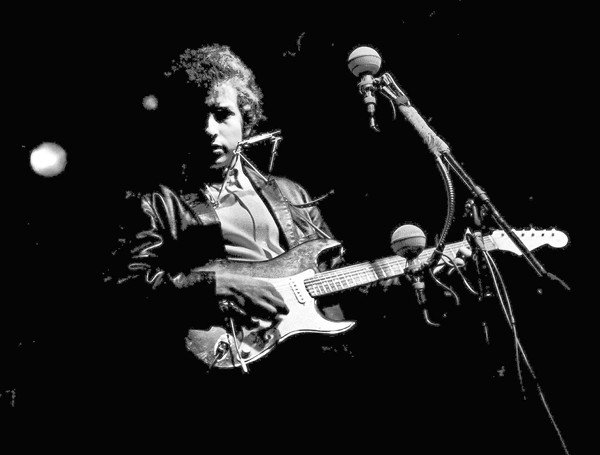 History isn’t what it used to be.
History isn’t what it used to be.
At least on “The History Detectives” (PBS, 9 p.m., check local listings).
Here it is their 100th episode, kicking off its 10th season and the stuff it finds itself investigating is more along the lines of the rock ‘n’ roll memorabilia show.
Even though I’m an unabashed rock fan, I have to say it seems a bit of a waste of time that the historians are not instead investigating artifacts of great dynasties or battles or human achievements.
Rather, they spend time trying to authenticate, for example, an autograph of Ringo Starr made while the Beatles were down there to perform at Miami’s Deauville Hotel in 1964 as part of its performances on “The Ed Sullivan Show.” When investigator Tukufu Zuberi begins by saying he didn’t know the Beatles played Miami for the show, we’re already operating at a deficit. Seventy million people saw that broadcast.
Even though, for example, Ringo is alive and well and turned 72 last week, they go to handwriting “experts” instead to determine authenticity.
Frank Zappa isn’t around to say whether he did a collage of a drum shop someone picked up at a thrift shop for $5 (but eventually, his widow is).
But most of the show is given up to the story of an electric guitar Bob Dylan played at the Newport Folk Festival in 1965.
The daughter of a pilot who used to fly Dylan to gigs says it was left behind in the plane after the concert where Dylan so famously “went electric” along with some handwritten lyrics.
Again, Dylan is alive to dispute or confirm all of this, but apparently that isn’t tried on the air. Instead, they go to guitar dealers and more handwriting experts to dry to determine authenticity.
A fan might cringe as they dismantle the guitar looking for clues; still the manner they use to determine its worth is sort of interesting: comparing the woodgrain of the sunburst Stratocaster with the woodgrain in pictures.
There’s a lot the detectives are missing though, including footage of Dylan performing at Newport that year that has appeared on PBS already — both in Martin Scorsese’s portrait of Dylan on “American Masters” and in a pledge-time concert chronicling Dylan’s 1960s Newport appearances.
Dylan himself remains aloof to the whole matter. His lawyers deny the woman’s letter asking to make a claim on the instrument; more recently Rolling Stone (whose youthful “expert” is seen consulting on the show as well, got a statement from the Dylan camp that denies it is the one he played. As Dylan said in “Let Me Die in My Footsteps,” “They are mistakes of a past history…”
But still, what if it is the actual guitar? Doesn’t what he played and how he played it count more than what he played it on? Will the whereabouts of Dylan’s orange shirt warrant another episode’s resources? Why the sudden interest in the monetary worth of all three artifacts on the show and not so much their historical significance?
Is the “History Detectives” becoming too influenced by the spate of “Storage Wars” type shows and their imitators, in which historical research falls by the wayside as they concentrate on treasure hunts and appraisals?
Rock history is interesting, but it’s scarcely half a century old. Many of its main figures are still with us.
And while future episodes examine Civil War pistols and a possible flag from the Marshall House, there is also time taken to determine authenticity of an amp possibily used by Motown bassist James Jamerson and a slide of Bettie Page.